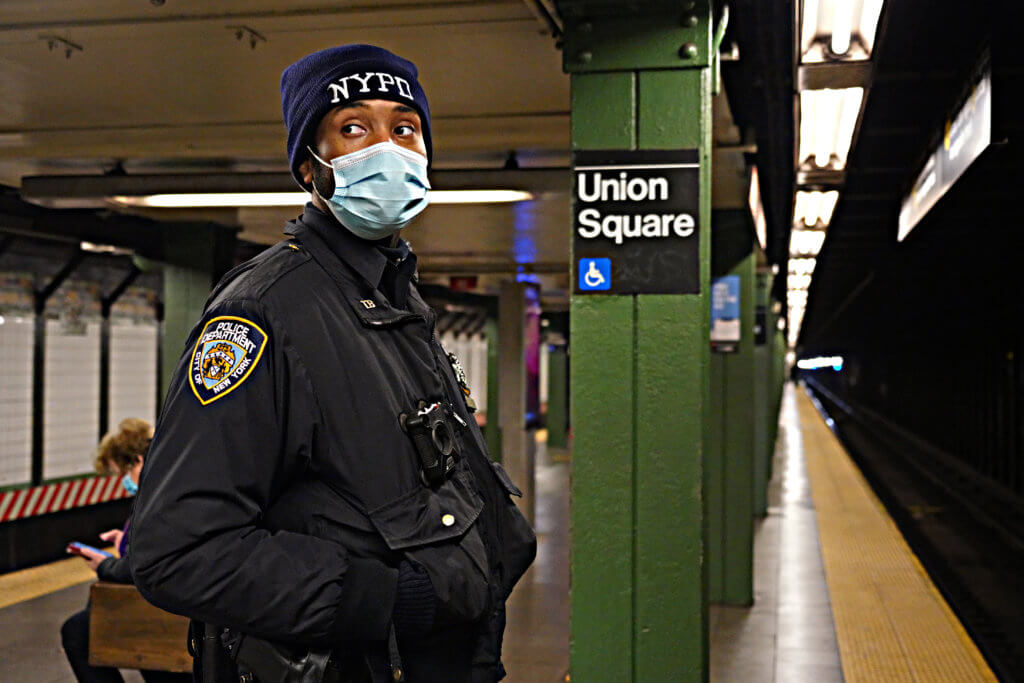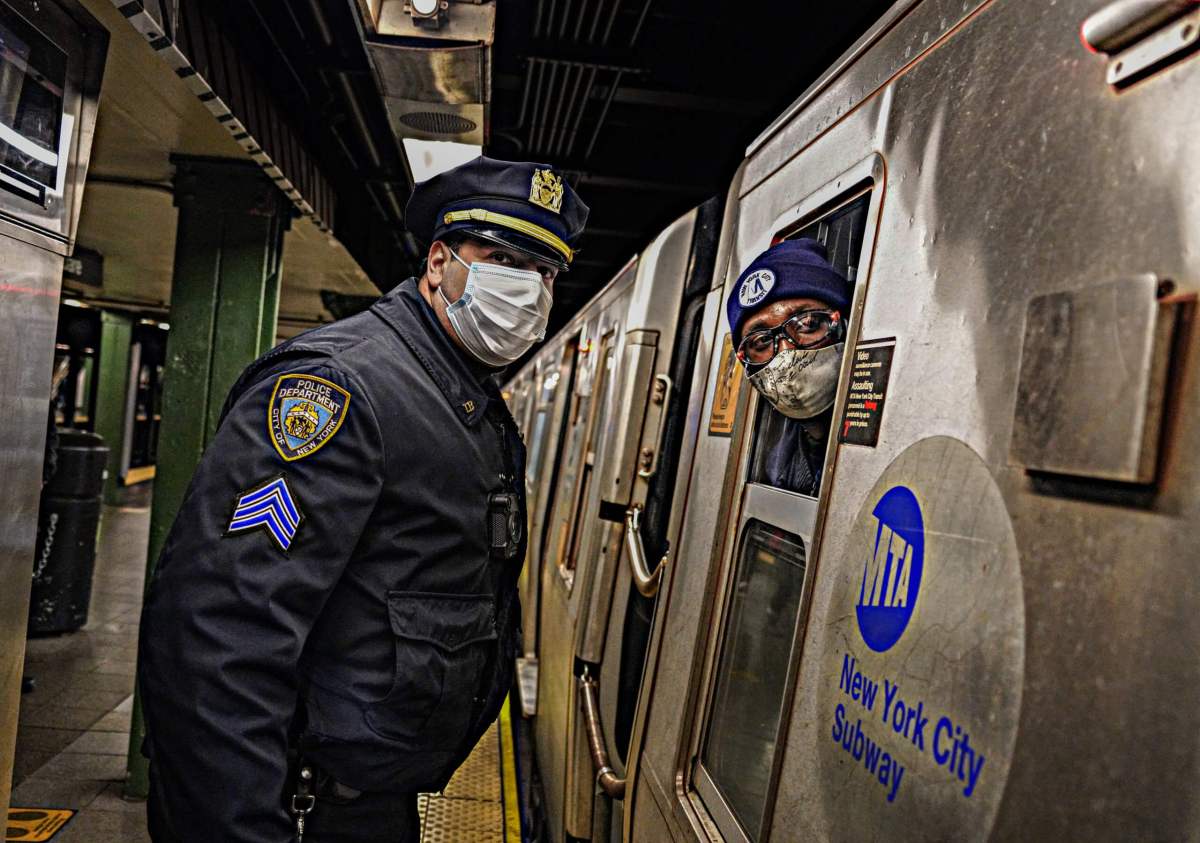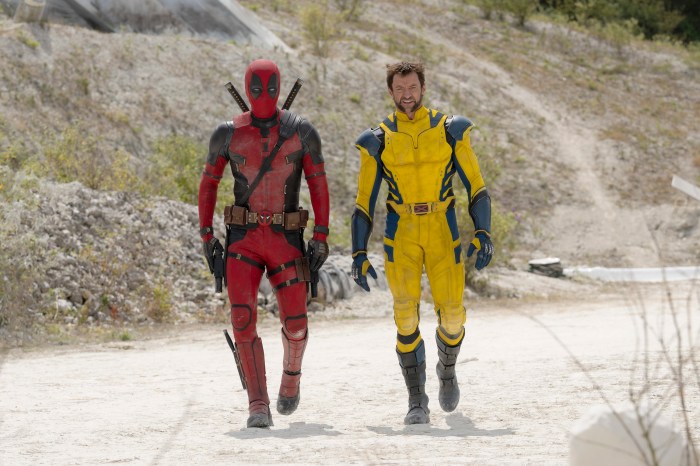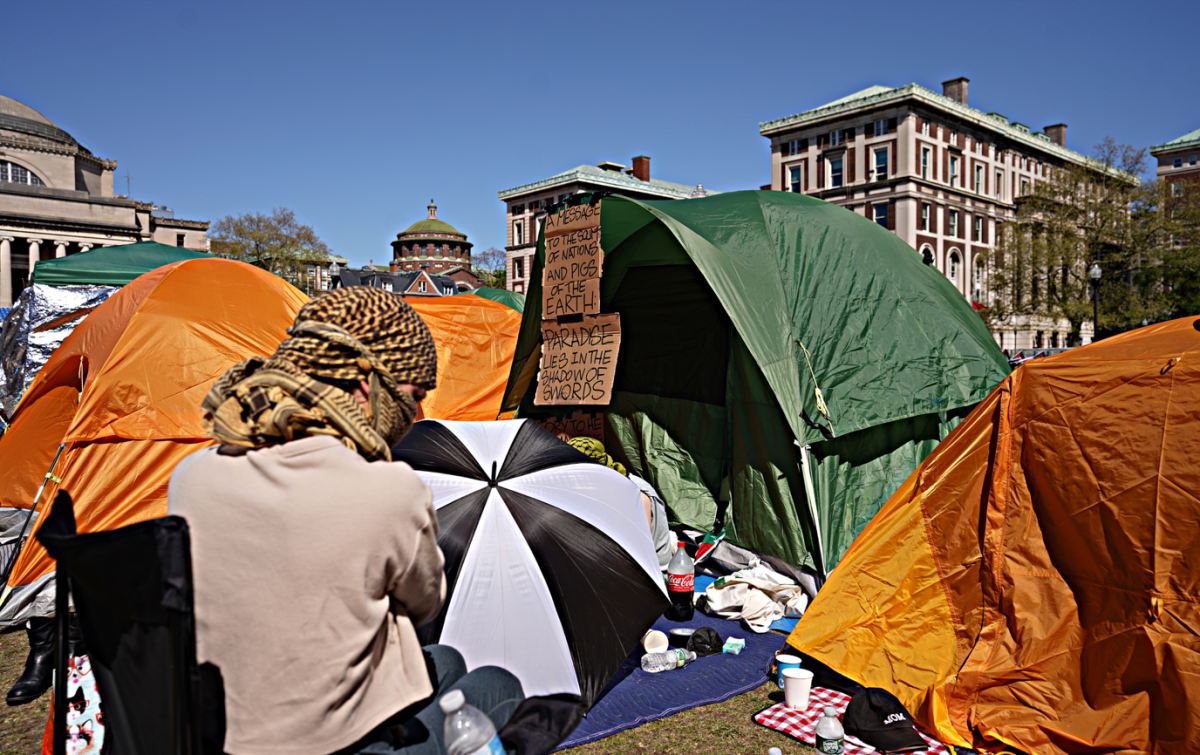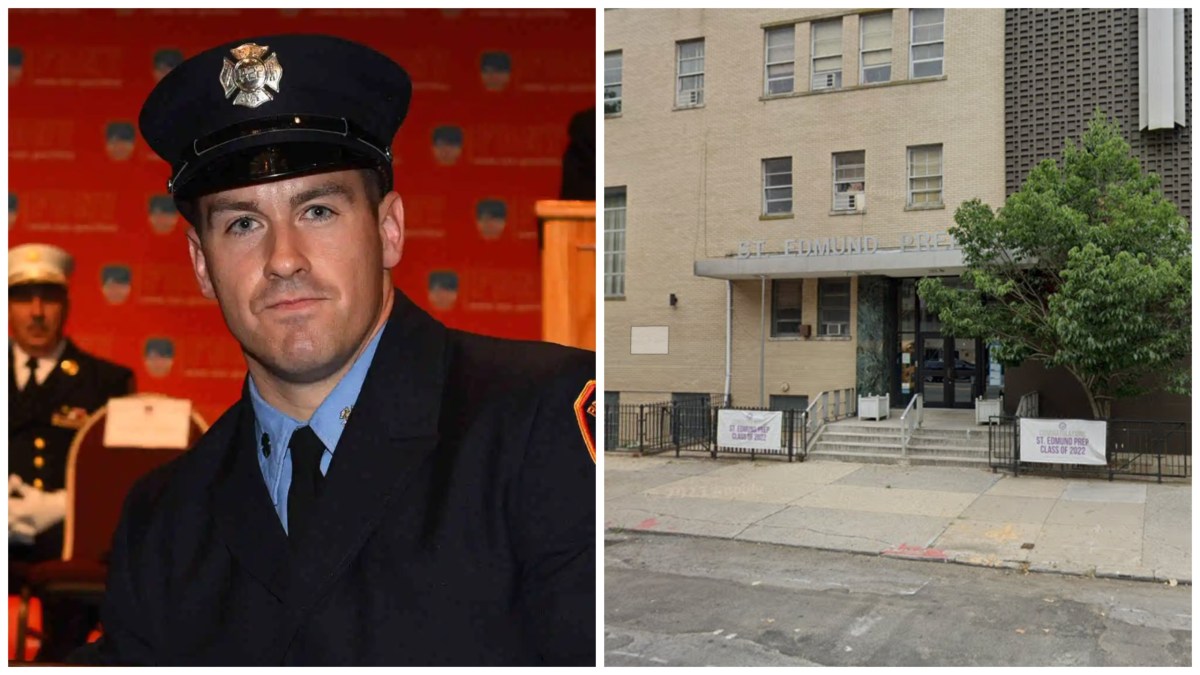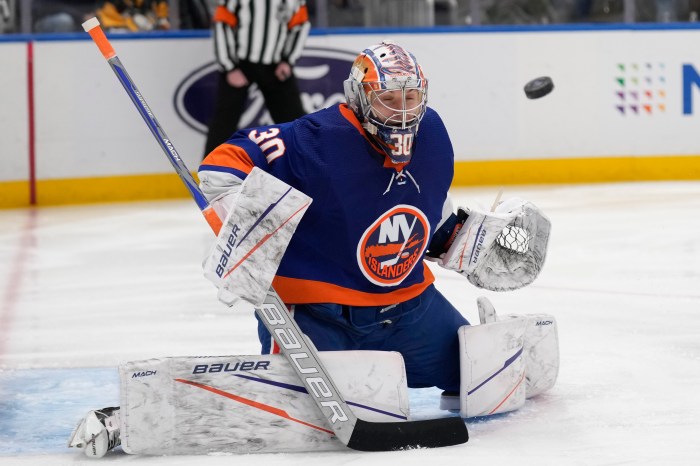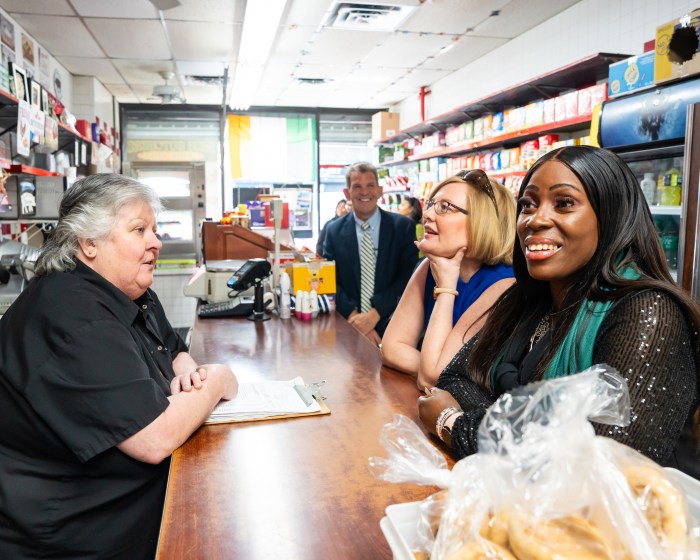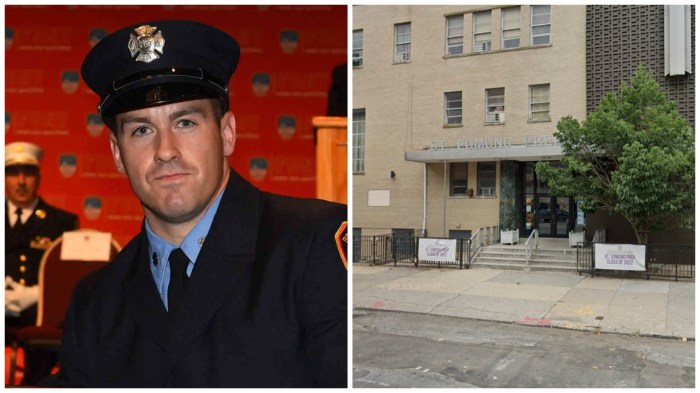The Tuesday morning rush hour after Presidents’ Day weekend proved to be the ideal time for the NYPD to demonstrate its beefed up subway presence following a weekend stabbing spree on the A line that claimed two lives.
NYPD Chief of Transit Kathleen O’Reilly came to Union Square on Feb. 16 to showcase the department’s surge in officers patrolling the subway system. Three days ago, Police Commissioner Dermot Shea announced an immediate boost of 500 NYPD officers into the subways to combat the stabbing spree as well as other recent violent crimes.
O’Reilly declared that officers will have a heightened presence on platforms and in carriages for the foreseeable future to help protect all in the system.
“We are invested in keeping everyone safe. I’m proud and happy to speak about the Police Commissioner’s commitment to increase uniform presence throughout the subway system, in particular on the platforms and trains,” Chief O’Reilly said. “While we cannot prevent every crime in the system, it remains one of the safest transit systems in the world. When a crime does occur, our officers move swiftly to make immediate arrests. Those incidents where we do not, we provide relentless follow up with detectives.”
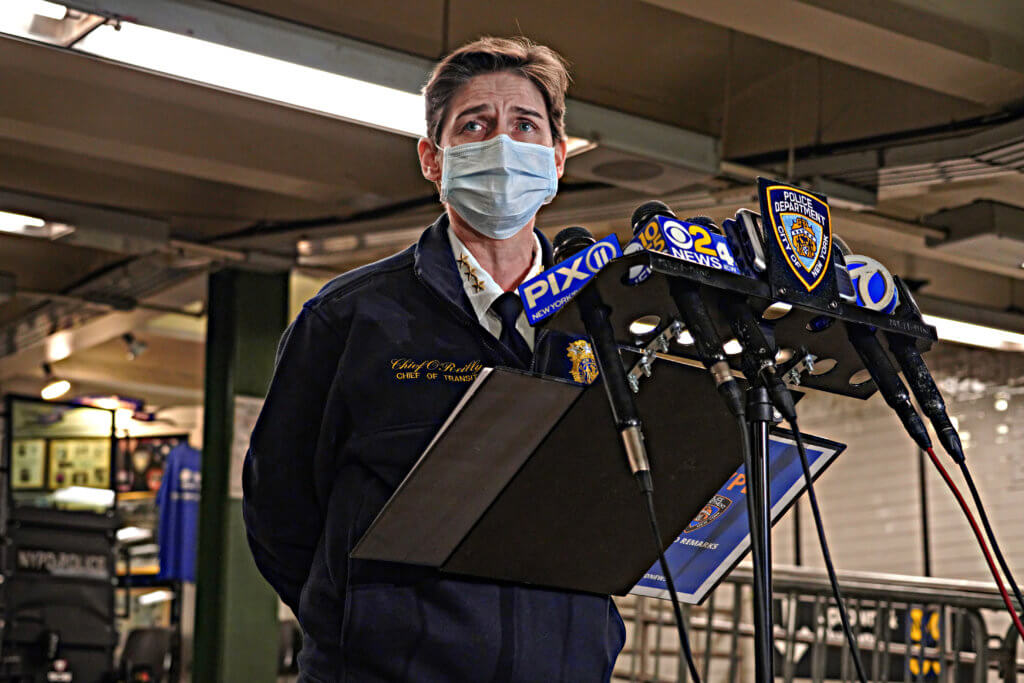
This new initiative will see approximately 644 additional officers, including about 500 that were deployed over this weekend. O’Reilly broke down the deployment which included 331 from the Transit Bureau personnel, and another 313 uniformed officers from the Patrol Services Bureau.
Through extended tours, overtime and back screenings, O’Reilly hopes will deter crime and restore a sense of security within the subways. She also emphasized that these measures were in effect prior to the recent stabbing spree on the A train.
In addition, the 313 officers from the Patrol Services Bureau are dedicated to 68 stations. O’Reilly assured riders that the department is constantly analyzing deployment.
She also cites that in November, approximately 120 officers who were dealing with protests were moved back into the subway systems.
“The public can expect to see a surge of uniform presence in the subway system for the foreseeable future, patrolling platforms, securing entryways, and riding the trains. While we are able to achieve this through overtime, deployment of officers normally assigned to administrative duties and reassignment of other non-transit officers to the subways system,” O’Reilly announced.
Directly following the announcement, Chief O’Reilly and a handful of officers demonstrated the way in which they conduct train inspections, which takes approximately 30 to 60 seconds for one NYPD supervisor and eight officers to conduct. This is intended to ensure the safety of passengers aboard while causing minimal delays.
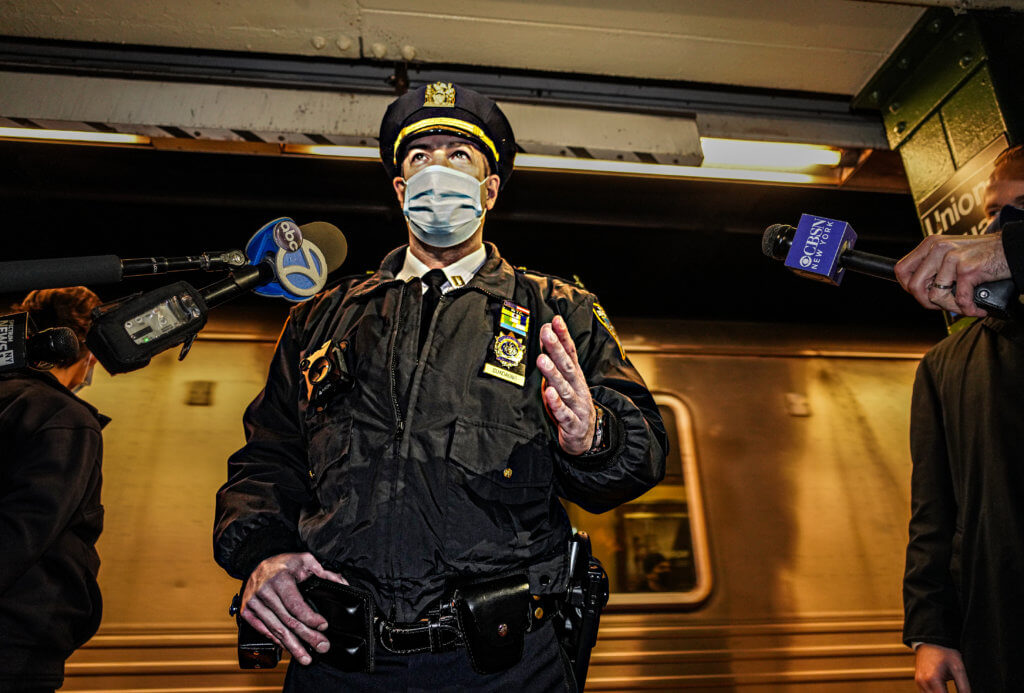
Captain Anthony J. Guadagno of NYPD Transit District 4 helmed the inspection and described the meticulous, albeit brief, process.
As a train rolls into the station, an NYPD supervisor informs the conductor that they will be doing an inspection and inquires if there have been any issues.
“The police are making their presence known to the good people on the train riding to wherever they need to go and also to the bad guys who are looking to do harm out there. So as the train rolls into the station the supervisor takes up the conductor’s position, he communicates with the conductor and then we have police officers spread out, inspect the train cars,” Captain Guadagno said.
Pre-pandemic, the Union Square station would see about 22 million passengers per year. Ridership plunged by 90% within the subway system at the height of COVID-19 last March and April, but has been steadily increasing since.
With the onslaught of the coronavirus, ridership has not yet returned to pre-pandemic levels, but the MTA is taking every precaution as they move back into running 22 hours a day.
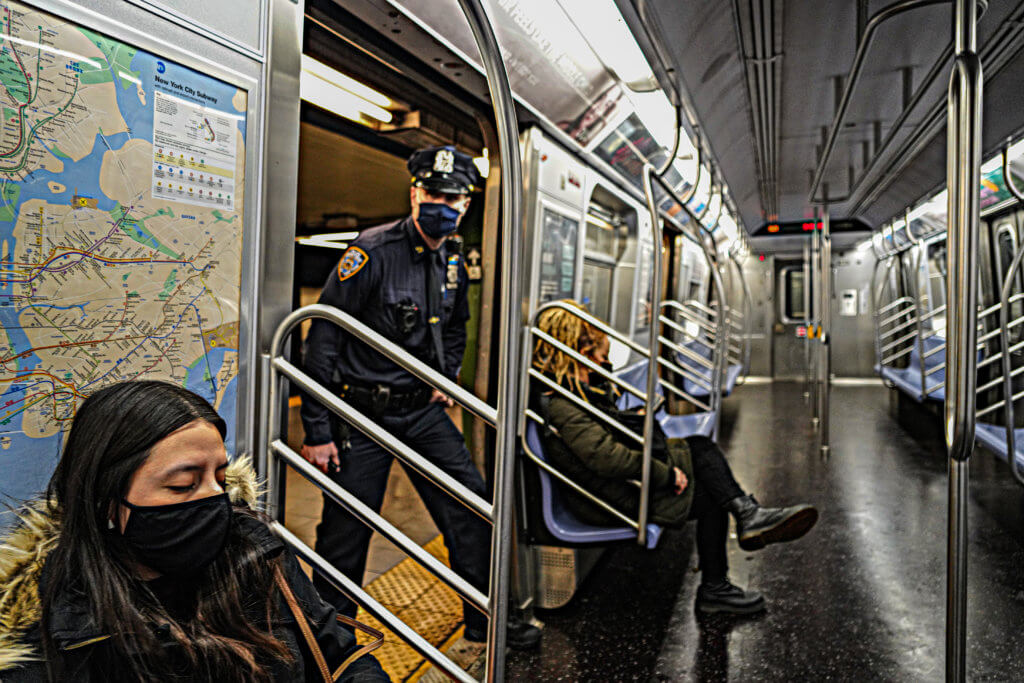
“It is supposed to be quick just so that we don’t hold up the train because we know that has an effect on trains throughout the system. We need to be thorough and efficient at the same time. We do a quick scan and let the train go on its way,” Captain Guadagno said.
